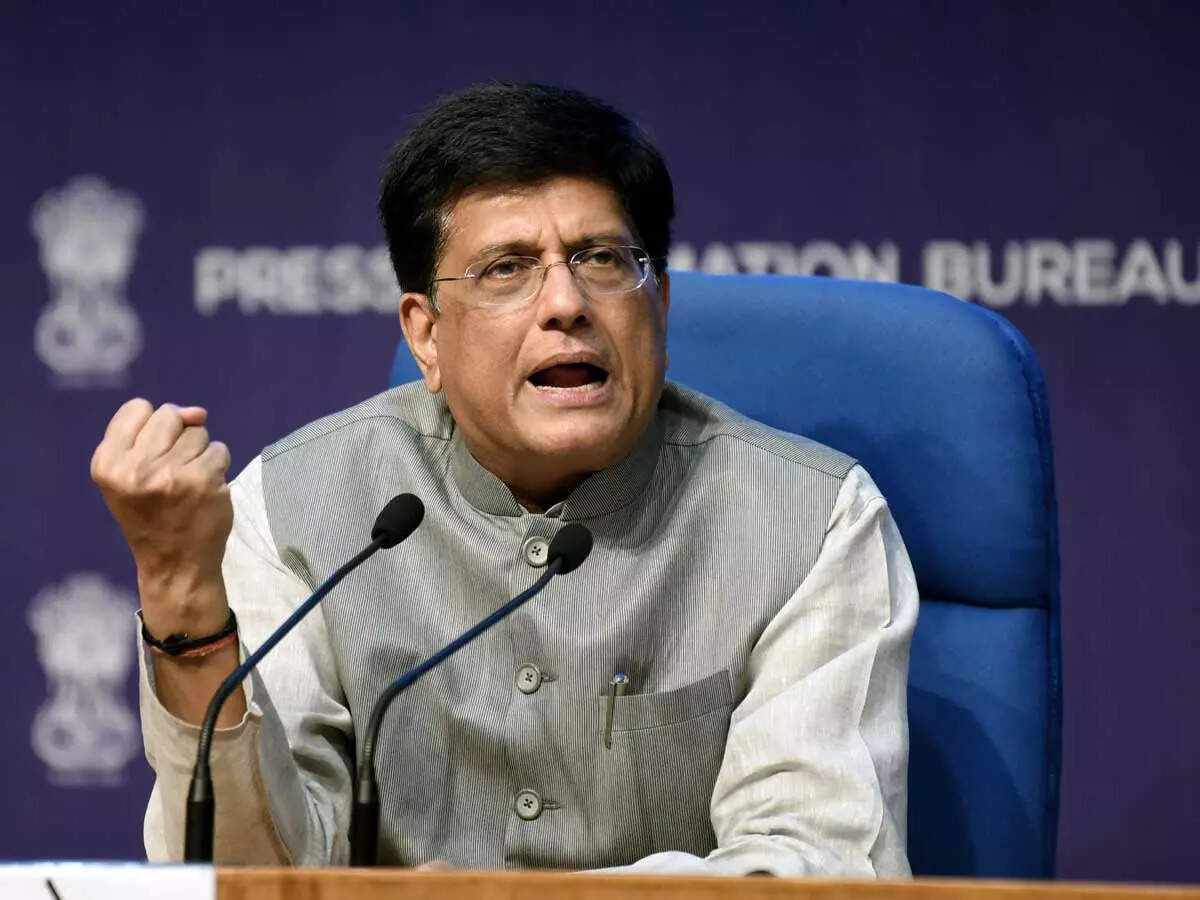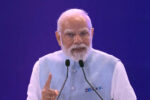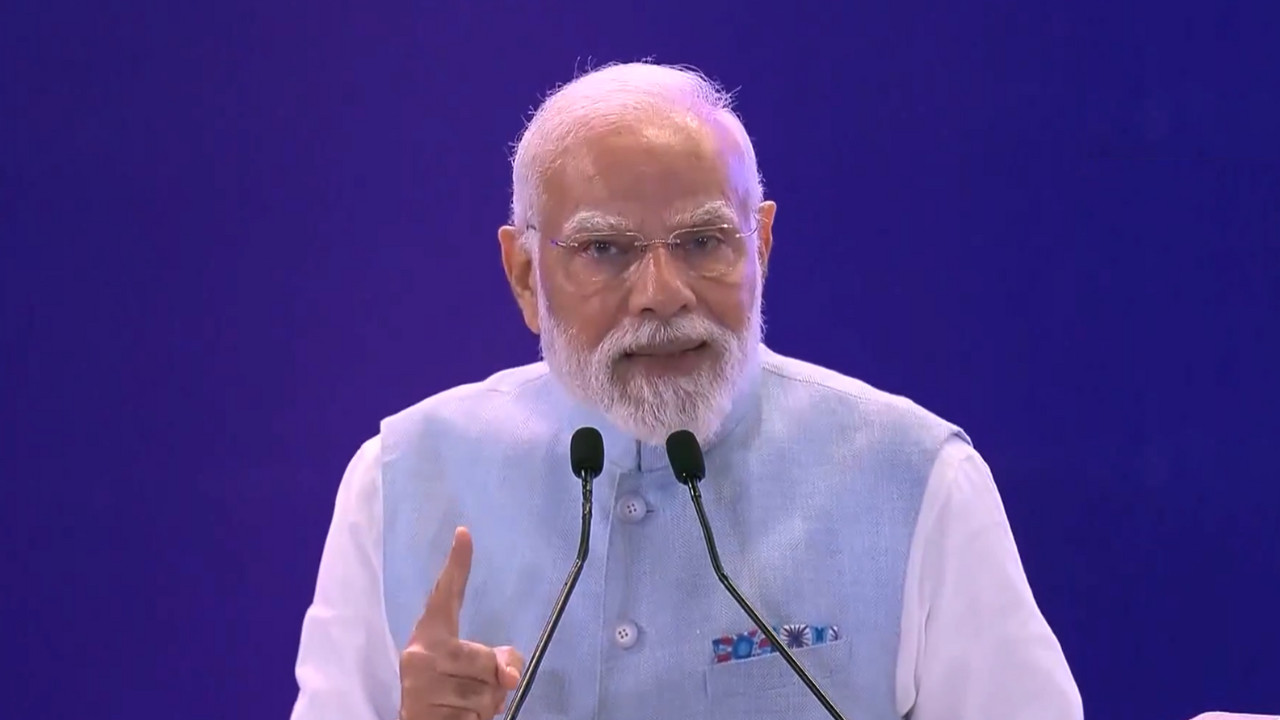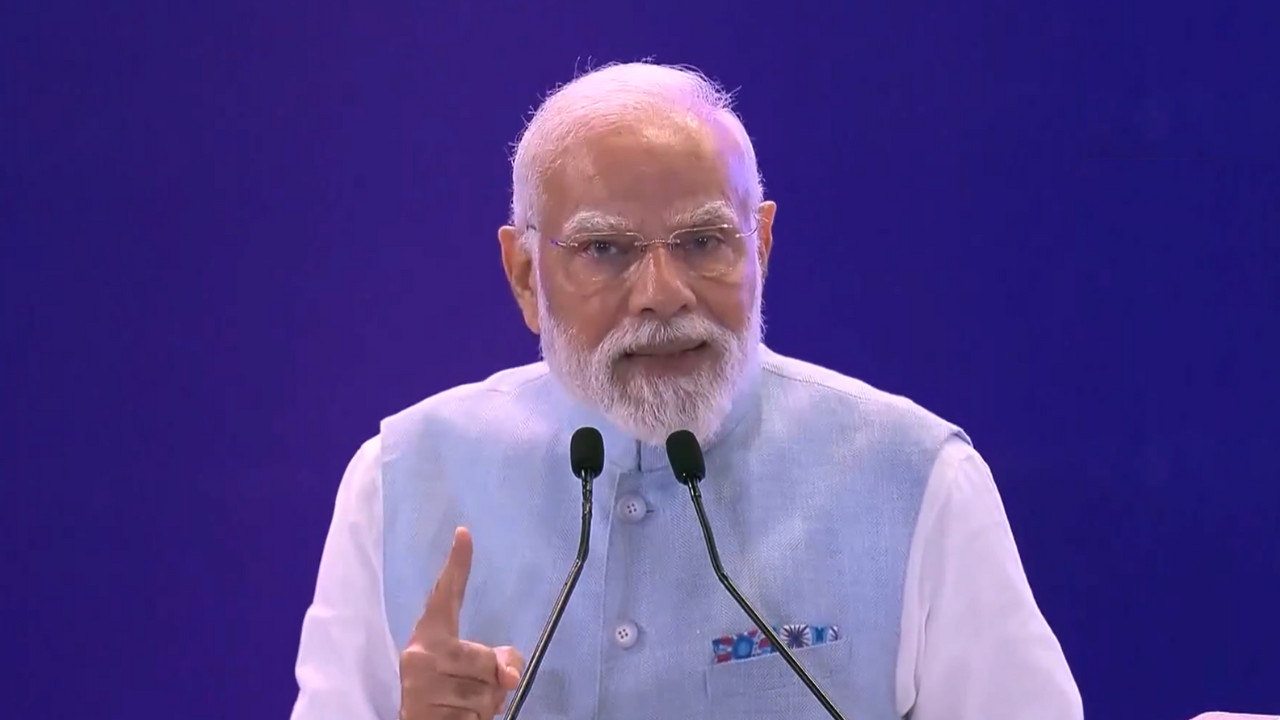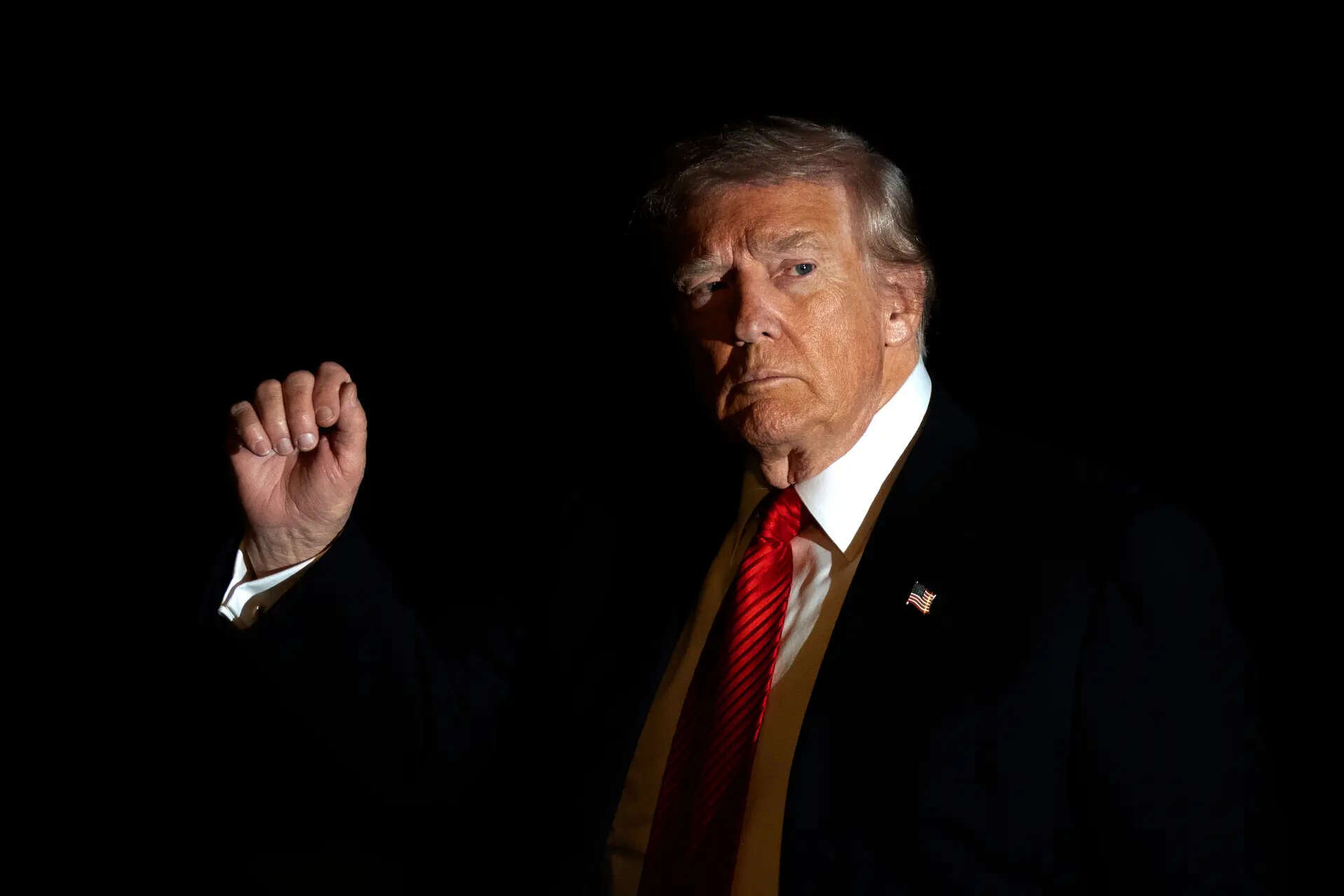India is actively engaged in free trade agreement (FTA) negotiations with key partners like the EU, US, Chile, and Peru, according to Commerce Minister Piyush Goyal. He emphasized the world’s interest in India as developed economies seek trade discussions.
India’s Trade Dance: Navigating a World of Deals
India’s economic landscape is buzzing with activity, and at the heart of it all are some serious trade talks. Think of it as a global dance, where India is gracefully maneuvering between partners, seeking agreements that bolster its economy and strengthen international ties. Commerce Minister Piyush Goyal recently offered a peek behind the curtain, revealing the intensive negotiations underway with key players like the United States, Chile, and the European Union. It’s not just a casual chat; these discussions, as Goyal put it, are happening “from morning till evening.”
These aren’t just routine meetings. They represent India’s proactive approach to securing its position in an increasingly complex global marketplace. Free Trade Agreements (FTAs) are the name of the game, and India is playing it strategically. But what exactly makes these FTAs so important, and why are these negotiations so crucial?
The Allure of Free Trade Agreements
FTAs are essentially pacts between two or more countries to reduce or eliminate barriers to trade. This could mean slashing tariffs (taxes on imports) or easing regulations, making it easier for businesses to export and import goods and services. For India, this translates into potentially larger markets for its products, increased foreign investment, and a boost to its economic growth. Imagine Indian textiles finding a wider audience in the US, or Indian tech companies gaining easier access to European markets – that’s the power of an FTA.
Negotiating these agreements is no walk in the park. Each country has its own priorities and concerns. For instance, India might be keen on gaining access to agricultural markets, while its partner might be focused on intellectual property rights or market access for specific industries. Finding a balance that benefits all parties requires careful negotiation, compromise, and a deep understanding of each other’s economic interests.

Key Partners in the Spotlight
So, who are India’s dance partners in this intricate trade ballet? Let’s take a closer look at a few key players:
* The United States: The US remains a critical economic partner for India. Talks with the US are aimed at strengthening trade relations, resolving outstanding issues, and exploring new areas of cooperation. While a comprehensive FTA might be a long-term goal, both countries are focused on achieving tangible progress in specific sectors.
* Chile: Far from the US, Chile represents a strategic foothold in Latin America. Negotiations with Chile seek to deepen existing trade ties and explore opportunities in areas like mining, agriculture, and renewable energy. A strengthened relationship with Chile could open doors for India to access other markets in the region.
* The European Union: The EU is a major economic powerhouse, and an FTA with the bloc could significantly boost India’s exports and attract investment. However, negotiations with the EU are complex, given the EU’s stringent regulations and diverse interests among its member states. Key areas of discussion include tariffs, intellectual property, and sustainable development.
The Road Ahead: Challenges and Opportunities
While the potential benefits of these FTAs are significant, the road ahead is not without its challenges. Negotiating trade agreements requires immense skill, patience, and a willingness to compromise. India also needs to ensure that its domestic industries are prepared to compete in a more open and competitive global market.
One challenge is balancing the desire for greater market access with the need to protect domestic industries, particularly sectors like agriculture and manufacturing, that support a large number of jobs. Another is navigating complex regulatory frameworks and ensuring that Indian products meet international standards.
Looking ahead, India’s trade strategy seems geared towards diversification. By forging agreements with a diverse range of countries, India can reduce its dependence on any single market and mitigate the risks associated with global economic fluctuations. This approach, combined with a focus on strengthening domestic competitiveness, could pave the way for sustained economic growth and prosperity.
India’s active pursuit of trade agreements reflects its ambition to become a major player in the global economy. The ongoing negotiations, though demanding, represent a crucial step towards realizing this vision. The results will shape India’s economic future for years to come. It is worth keeping a close eye on these developments, as they will undoubtedly have a ripple effect across various sectors. For more on India’s economic development, explore our article on the rise of the Indian startup ecosystem.
Final URL Slug: india-trade-talks
